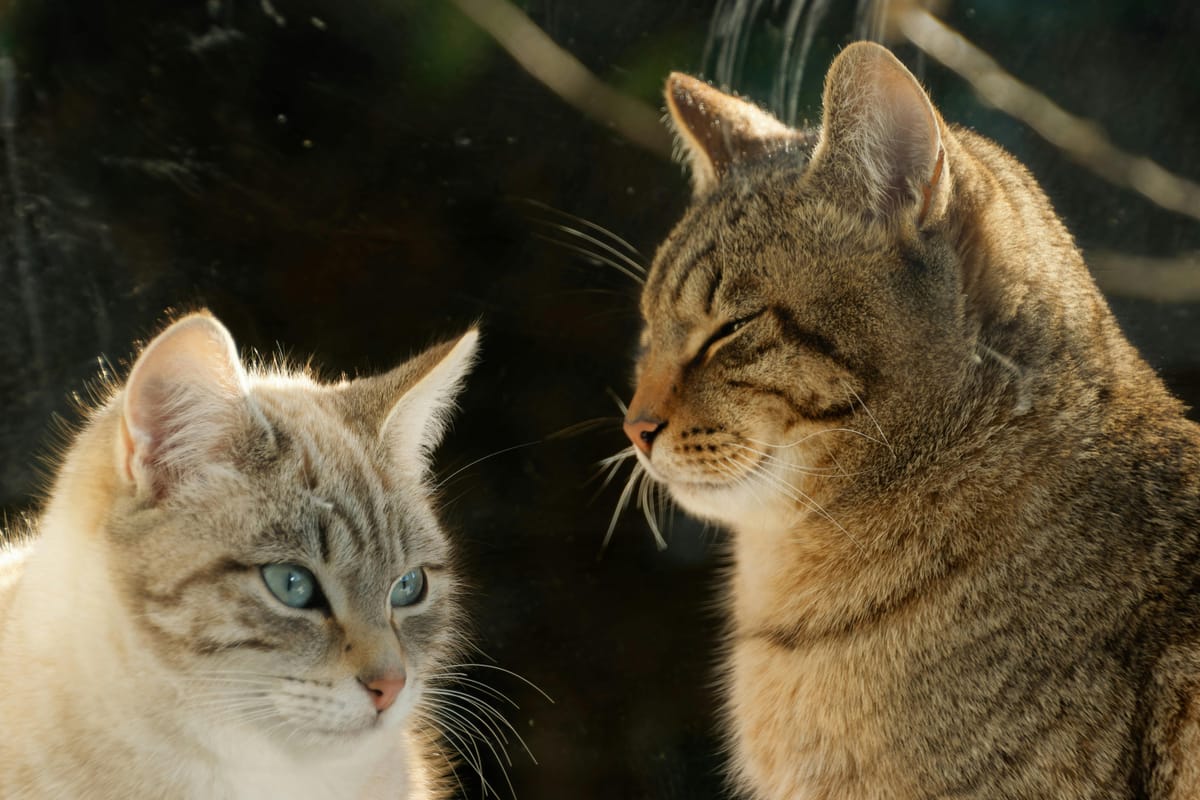Do Different Cat Breeds Have Different Nutrition Needs?
Just like different people have different dietary needs, it comes to no surprise to start wondering whether different cat breeds have different nutrition needs. The simple answer is yes. But you better keep on reading to see what kind of diet your cat needs.

Not all cats are the same, and their diets shouldn’t be either. While every cat needs protein, fats, and other nutrients, some breeds have specific needs based on their size, energy levels, and even their fur. Let’s see how different breeds may need different diets to stay healthy and happy.
The Diet All Cats Need
Before we get into breed specifics, here are a few things every cat must have in their diet:
- High-quality animal protein: Cats are carnivores, meaning they need meat to survive.
- Taurine: This essential nutrient supports heart health, vision, and overall well-being.
- Omega fatty acids: These keep their skin healthy and fur soft and shiny.
- Vitamins and minerals: A, D, E, and B-complex vitamins are all necessary for strong bones and good digestion.
Special Nutrition Needs by Breed
Some cats have specific dietary needs based on their breed. Here’s what to consider:
Diets for Large Breeds
- More calories: These big cats need extra energy to support their larger frames.
- Joint support: Food rich in glucosamine and chondroitin helps maintain strong bones and joints.
- High protein: Helps maintain their muscle mass and strength.
Large Cats
- Maine Coon
- Norwegian Forest Cat
- Siberian
- Ragdoll
- Savannah
- British Shorthair
Diets for Small Breeds
- Fast metabolisms: They burn calories quickly and need energy-dense food.
- Gentle on the stomach: Some small breeds, like Siamese cats, have sensitive digestive systems and do better with easily digestible proteins.
Small Breeds
- Singapura
- Devon Rex
- Cornish Rex
- Siamese
- Oriental Shorthair
- Munchkin
Diet for Long-Haired Breeds
- Coat health: Omega-6 fatty acids, biotin, and vitamin E help keep their fur silky and tangle-free.
- Hairball prevention: Fiber-rich diets or hairball-control formulas can help reduce hairballs.
Long-Haired Breeds
- Maine Coon
- Norwegian Forest Cat
- Siberian
- Persian
- Ragdoll
- Turkish Angora
- Himalayan
Diets for Active Breeds
- Fuel for energy: These playful and athletic cats need high-protein, moderate-fat diets to keep up with their activity levels.
- Smaller, frequent meals: Since they’re natural hunters, some active breeds prefer eating smaller meals throughout the day.
Active Breeds
- Bengal
- Abyssinian
- Savannah
- Siamese
- Oriental Shorthair
- Turkish Van
- Cornish Rex
Diet for Laid-Back Breeds
- Weight management: These cats are prone to gaining weight, so they need portion-controlled meals with fewer carbs and more lean protein.
Laid-Back Breeds
- Persian
- Ragdoll
- British Shorthair
- Scottish Fold
- Himalayan
- Exotic Shorthair
Final Thoughts
While every cat needs a balanced diet, understanding your cat’s breed can help you make better food choices. Whether your cat is a high-energy Bengal or a relaxed Persian, feeding them the right nutrients will help them live their best nine lives!